If we are to remember peasants, we need a definition. Here is an imperfect but workable one. A peasant is a person working on the land in return for a bare subsistence. Patrick Joyce’s peasants are smallholders making just enough to feed their families and pay the rent in a normal year. They are people without status, tied to the land even if they are legally free. They occupy the lowest place in society, people with no ambitions and no future, who come into the light of history only when they revolt against their condition, as they frequently do. Historically, there have been peasants who did not fit this mold. There were rich peasants, like the well-fed revelers in a Brueghel painting. But Joyce’s image is a harsher one: the exhausted, calloused men and prematurely aged women painted two centuries later by Jean-François Millet.
From the earliest agricultural settlements, some 8,000 years ago, most of mankind have been peasants. Yet in barely a century they have all but vanished. As recently as 1950, only a fifth of the world’s population lived in cities. Today 60 percent do. The figures for Europe are even starker. France was once the greatest peasant country on the continent, but today only 3 percent of the population is employed in agriculture. In the former communist countries of eastern Europe the same transformative changes have been compressed into just three decades. Where have the peasants gone? To the cities, to industry and services.
As recently as 1950, only a fifth of the world’s population lived in cities. Today 60 percent do
Curiosity about this dying world is not new. In Ireland, the government-funded Folklore Commission, founded in 1935, spent thirty-five years collecting information and recording the spoken recollections of the last generations to follow the old way of life. In Poland, museums of peasant life have sprung up like mushrooms after rain since the collapse of communism. In southern Italy, a sanitized, theatrical version of peasant life is played out at festivals.
Joyce’s Remembering Peasants is not a history, although there is history in it. Nor is it an ethnographic treatise, although the author has made extensive use of academic literature on peasant societies. It is certainly not a compilation of folklore or a cabinet of picturesque curiosities. It is really an ode, an elegiac lament for the passing of a distinctive way of life. But it is also something more personal, as the subtitle suggests: an act of veneration for the author’s own family, who were peasants in western Ireland, most of them eventually driven by poverty from the land to earn a living in the docks, shipyards and factories of Britain and America. “The dead belong to us and we to them,” he writes, “and a moral bond is established.”
Joyce’s focus is on Ireland, and in particular the corner of Ireland from which his family comes. He draws heavily on his own autobiographical work Going to My Father’s House, published in 2021. If he glances over his shoulder at other countries, mainly Poland and Italy, it is usually to point out analogies and to demonstrate the basic sameness of peasant life everywhere.
Yet the problems of Ireland’s peasantry were in many ways unique. Ireland was John Bull’s other island, geographically and politically dependent on England and yet separated from it by a gulf of mutual incomprehension. Peasants constituted the great majority of Ireland’s nineteenth-century population at a time when they were fast disappearing from urbanized and industrialized England. They were Catholics at a time when Protestantism was very much part of the identity of the rest of the British Isles.
The attitude of the Irish peasantry to land was alien to English ways of thinking and to English common law. In law, land was owned by freeholders and occupied by tenants under leases in return for rent. But in popular sentiment it was a tribal inheritance of the clans who worked it. The fact that a large proportion of land in Ireland belonged to Protestant absentees who treated it as a mere source of income underlined the difference. That shrewd French observer Alexis de Tocqueville, who had traveled in Ireland, observed that the tradition of liberal aristocratic government which in his view had made England strong and rich, also accounted for the irredeemable failure of everything that they did in Ireland.
Conflicts over the occupation of land explain why Irish nationalism was strong among a basically conservative peasantry, in contrast to, say, Poland and Italy, where nationalism was a middle-class movement to which peasants were indifferent or hostile. The Victorians woke up too late to the scale of the problem, and the issue ultimately destroyed the union with England. Successive Land Acts from 1870 onward broke up the great estates and enabled freeholds to be bought out for the benefit of tenants. As a result, in the space of sixty years the proportion of Irish land owned by those who farmed it rose from 3 percent to 97 percent. It was a dramatic change, driven by political necessity. Yet, ironically, although peasants were among the intended beneficiaries of these schemes, they sounded the death-knell of peasant farming. The emotional tie between families and the land that they worked was broken as land became a marketable commodity.
Inevitably, there is a political undercurrent beneath much of what Joyce writes. He bitterly criticises the agents of the peasants’ destruction. What he calls the “Third Agricultural Revolution” has generated a huge agribusiness sector in which most of the world’s food is grown in a handful of countries and brought to consumers by a few vast corporations, crushing small farmers and dislocating local markets. Joyce hates the picturesque images of peasant life confected for tourists, and the museums of ethnography offering an “experience” of the past instead of the means of understanding it. He laments our rootlessness and inability to connect intelligently with our past. He resents the capitalist model in which everything is monetized, a model which has displaced the conventions of peasants’ life.
These are the reflections of a political radical, but their implications are profoundly conservative. It is hard to believe that Joyce really regrets the way of life of his forebears. He was born in England and became a professor of history, a destiny unimaginable in their eyes. The truth is that the world his parents left behind was a horrible place: a world of grinding poverty, of ignorance, oppressive religiosity and enforced conformity, cramped horizons, casual violence, drunkenness, bullying and exploitation by fellow peasants and neighbors as well as landlords and employers. Capitalism may be soulless. The money economy is anything but picturesque. But the Third Agricultural Revolution, however impersonal, feeds a world in which many millions were once condemned to routine starvation. England is surely better off for having had no peasants since the eighteenth century, and modern Ireland is immeasurably happier for having confined its peasants to museums.
This article was originally published in The Spectator’s UK magazine. Subscribe to the World edition here.



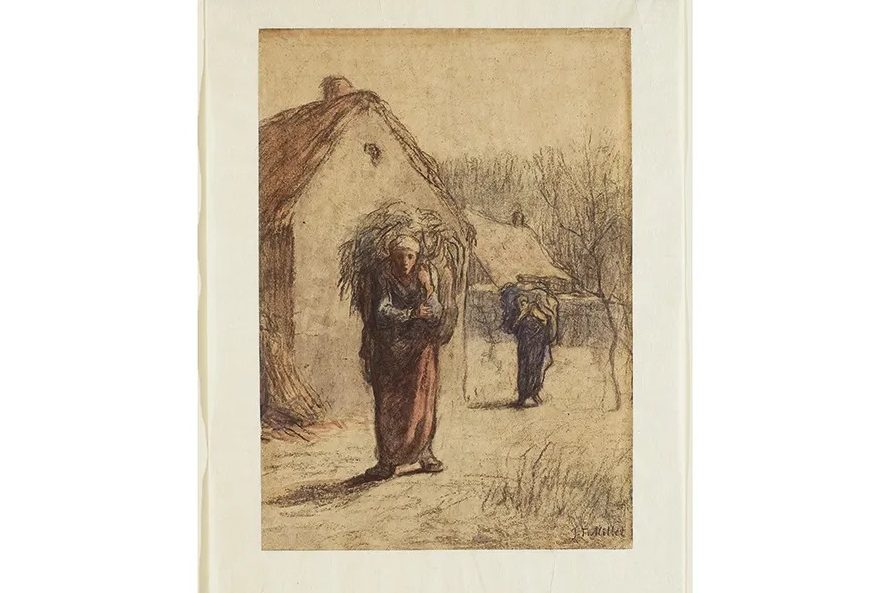






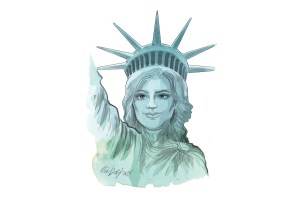



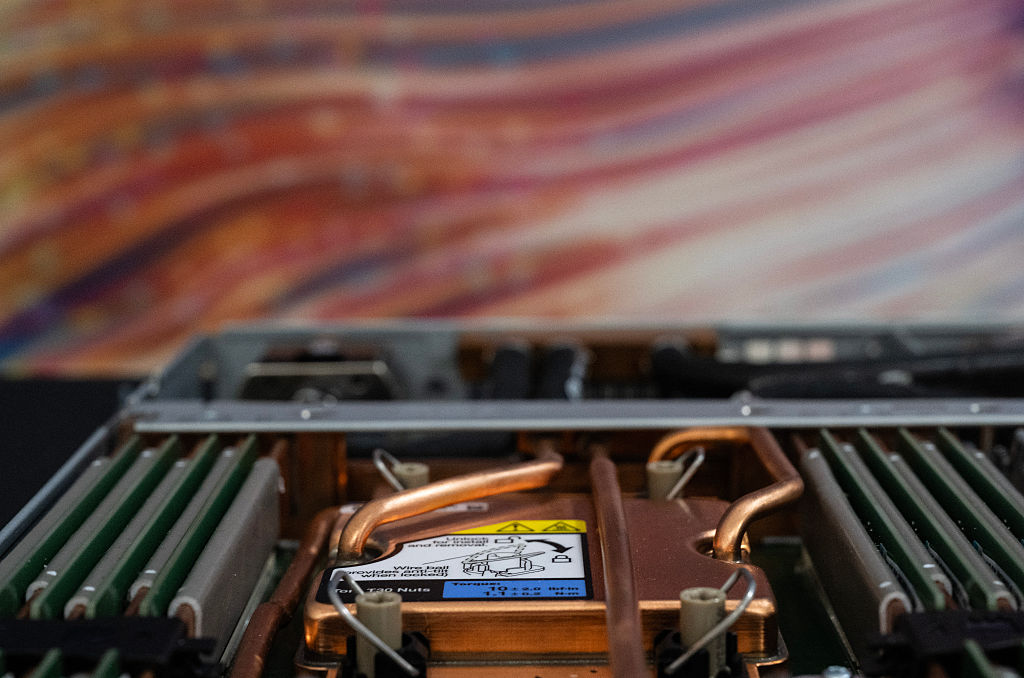
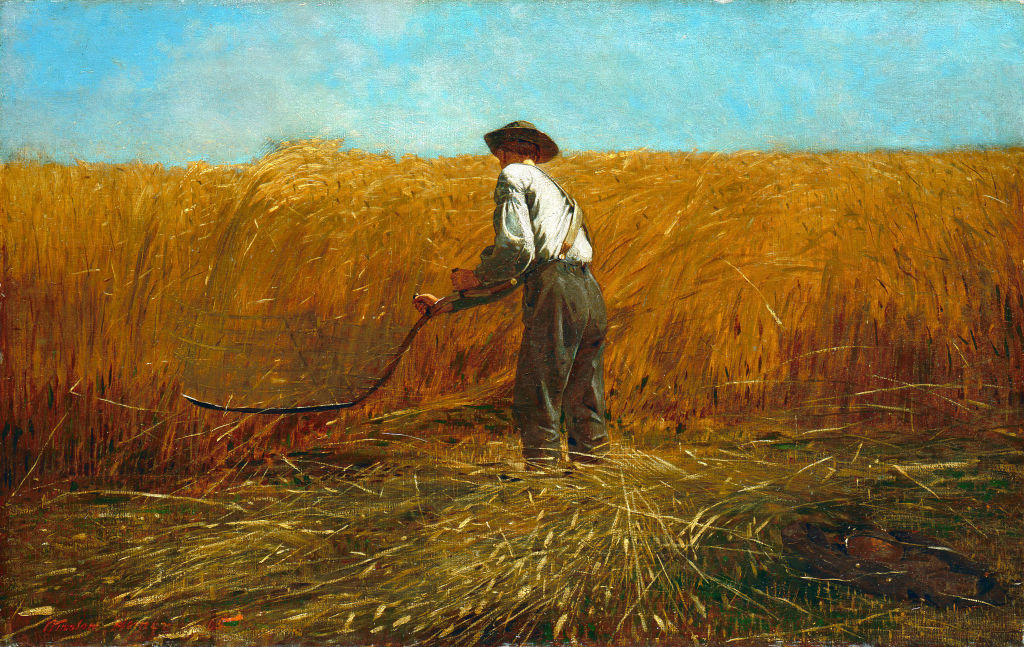

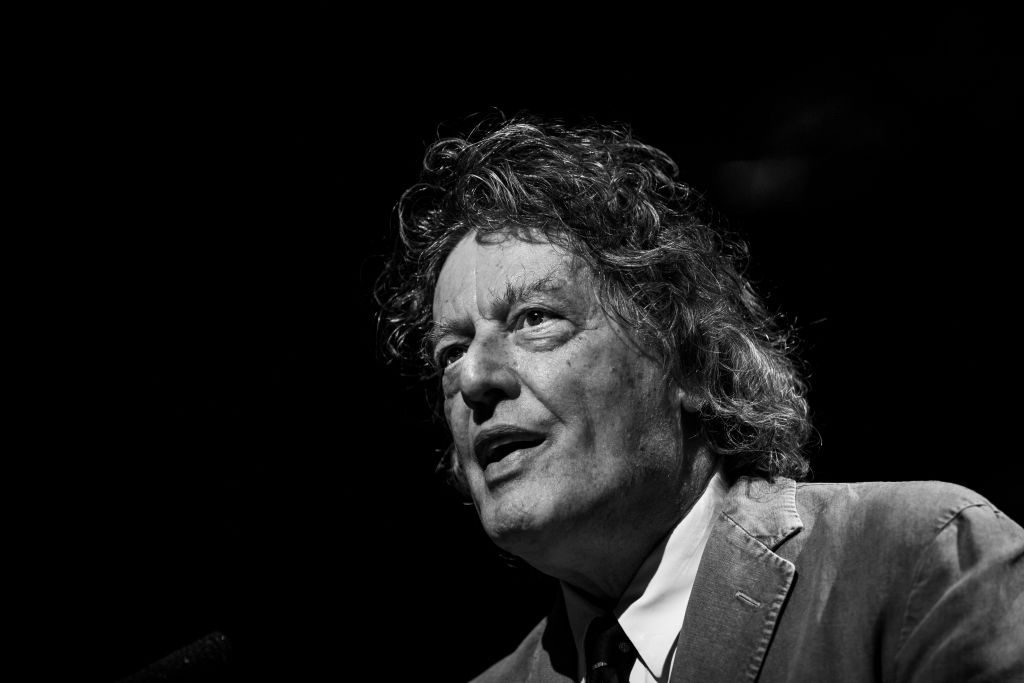
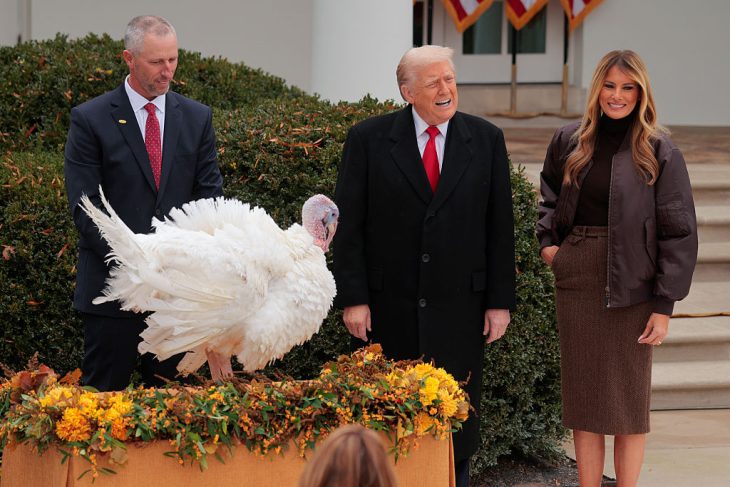







Leave a Reply